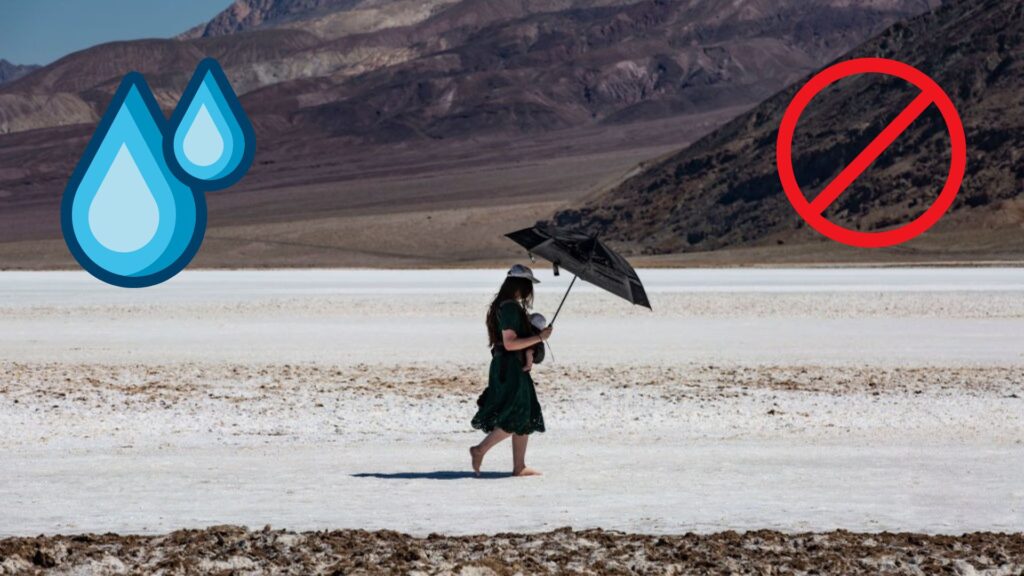In a historic ruling, California has presented permanent water limitations for its cities and towns.
The move was made in an effort to resolve the issues of water conservation and resilience in the drought-prone state.
New Regulation

The new regulation, which was approved on Wednesday by the California State Water Resources Control Board (SWRCB), will require the state’s largest water utilities to reduce the amount of water they provide over the next 15 years.
These utilities provide water to 95% of California residents. It doesn’t have any significant bearing directly on individuals or households in the state.
Permanent Measures
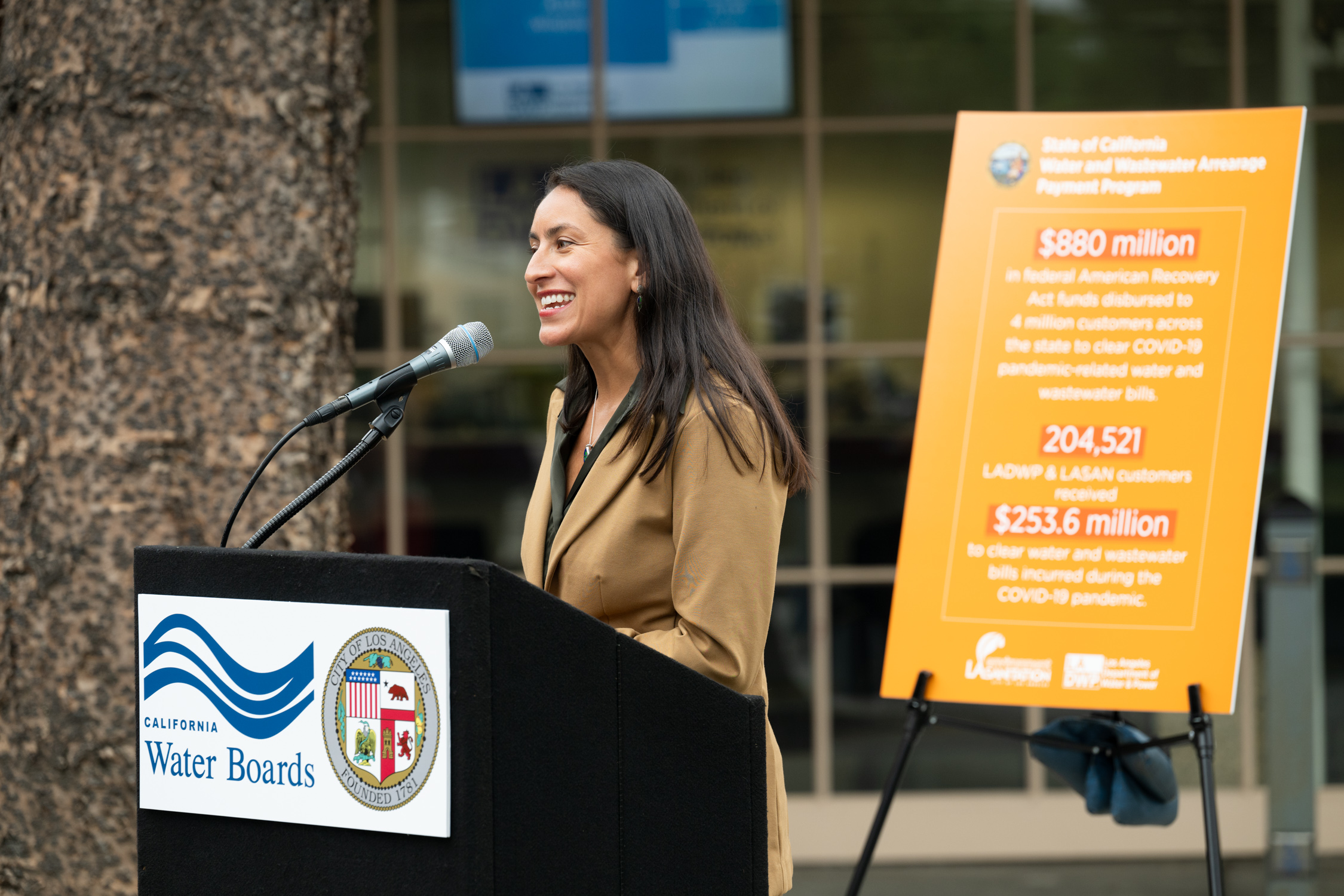
The board has previously presented semi-permanent water preservation measures during dry season crises.
However, this is the first time that the Golden State has embraced long-term measures to save water.
Long-Term Solution
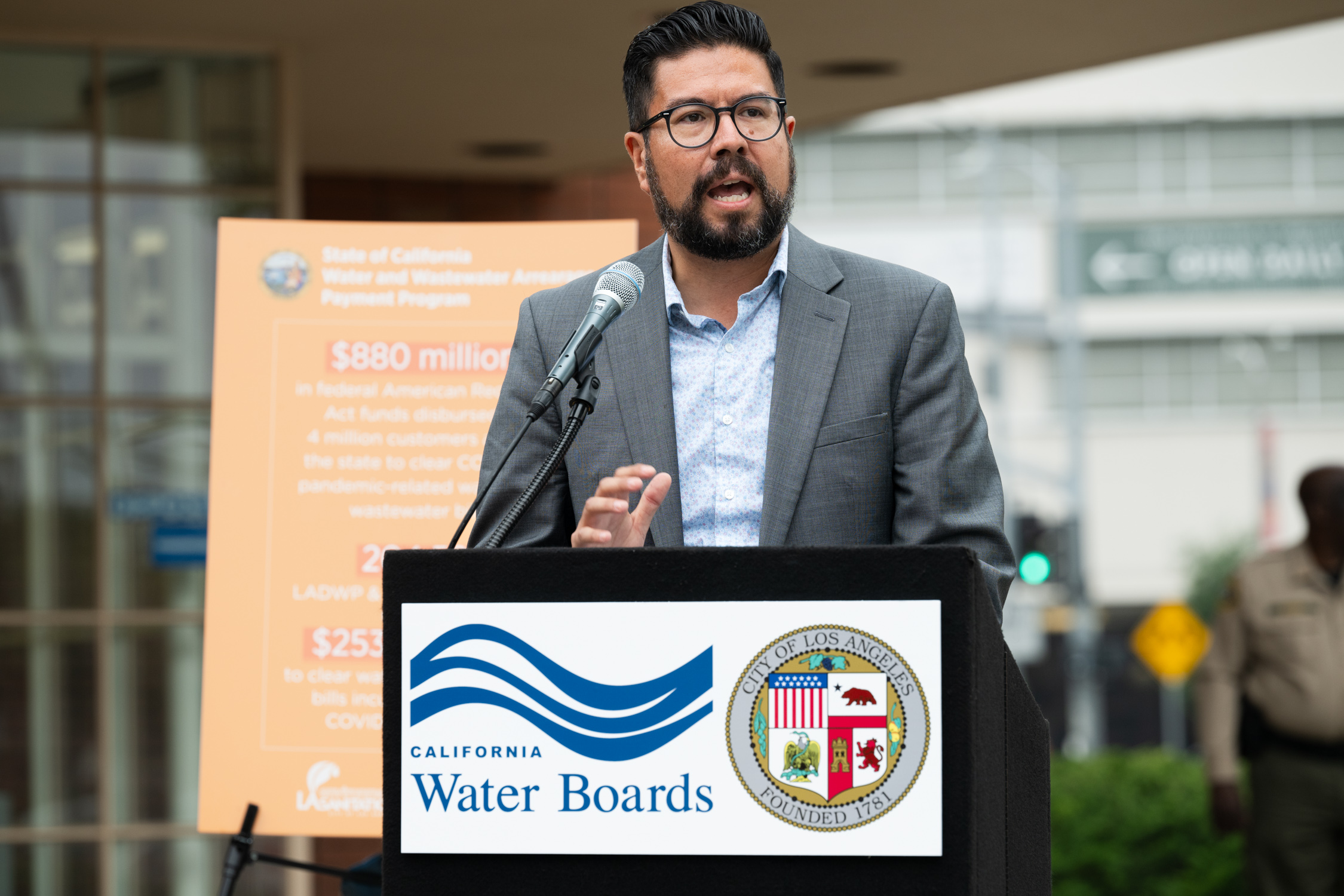
In order to avoid the state having to scramble to conserve water during droughts, the plan is to now ask suppliers to do so at all times.
This, as per SWRCB, will help “make conservation a California way of life.”
State Needs

A solution for saving water is urgently required in the state, which has experienced two significant droughts over the last 10 years.
It is predicted that the state will have to confront a 10 percent water supply shortage by 2040 because of warmer and drier weather patterns.
Community Use
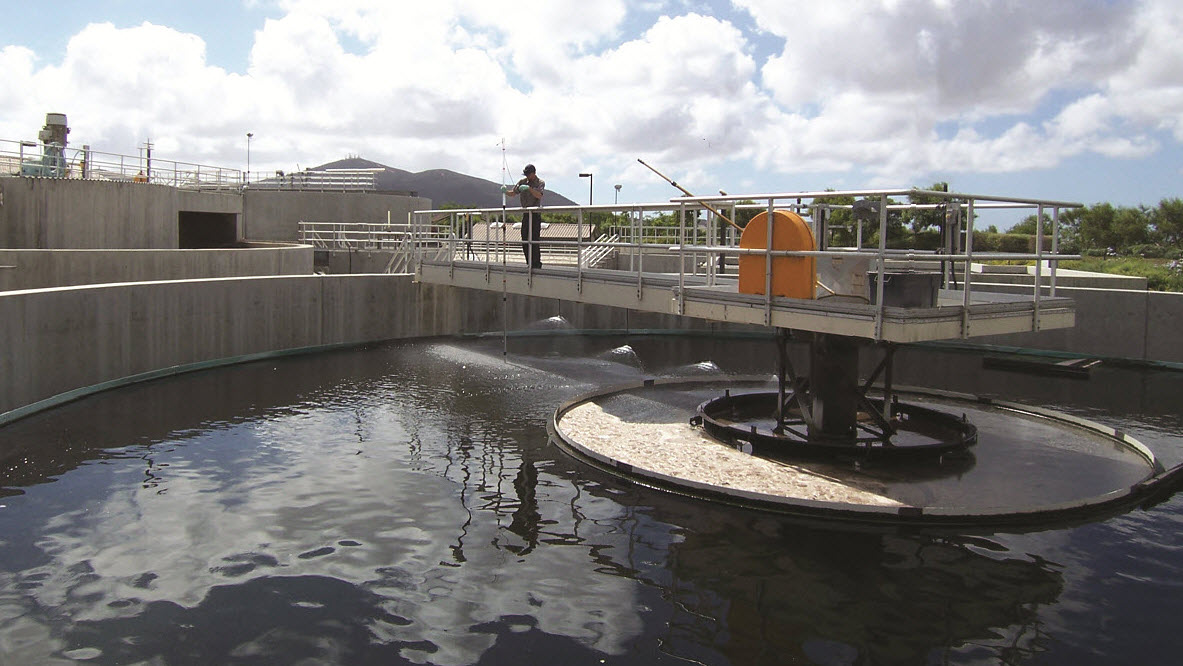
Under the new guidelines, which are anticipated to be implemented by January 1, 2025, providers should work out water spending plans in light of the necessities of each community.
This necessitates taking into account the following elements: residential indoor water use; residential outside water use; irrigation meters for institutions, commercial, and industrial landscapes; and, a provider’s maximum allowed water loss due to leakage.
Water Budgets
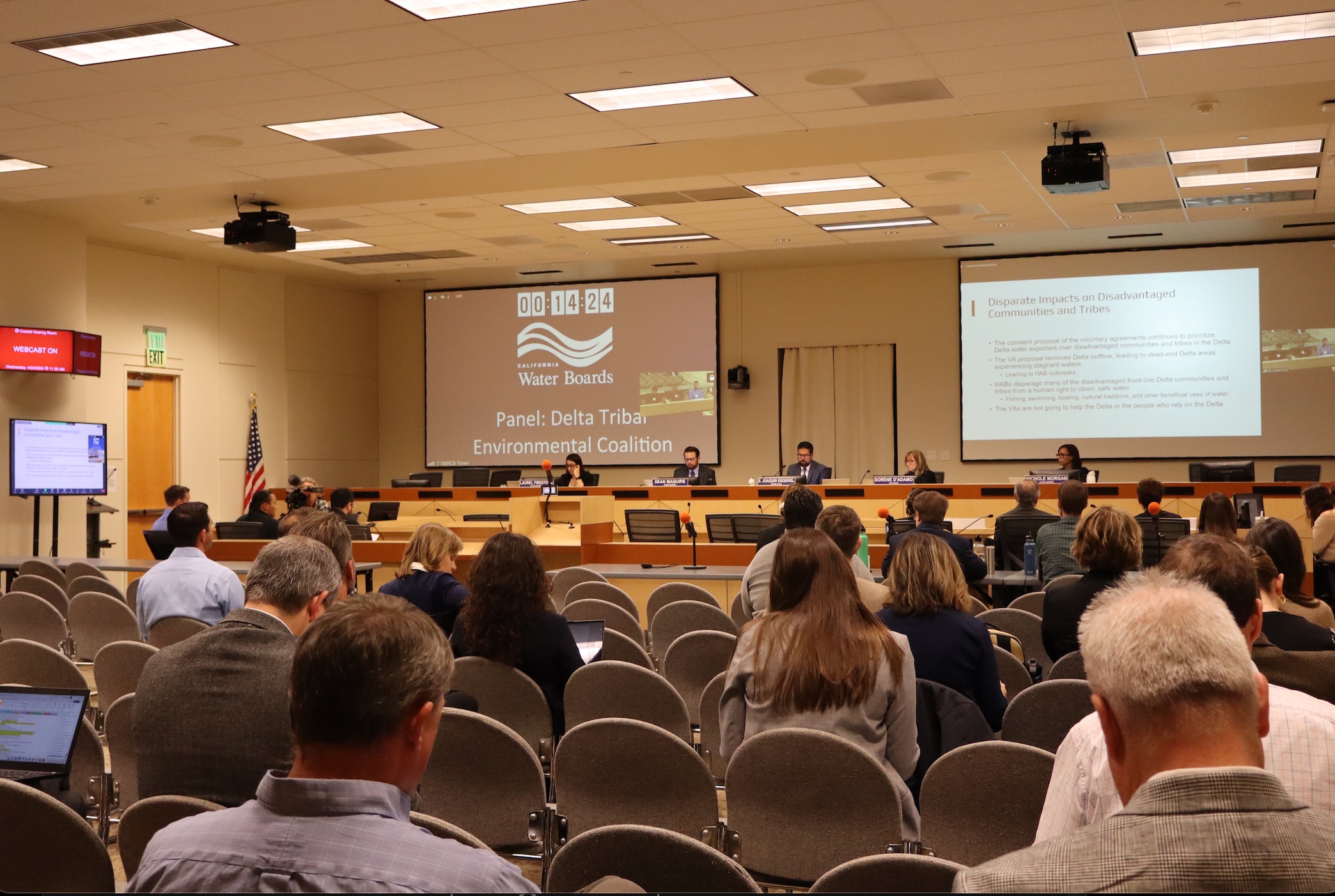
The total of these water spending plans, called the “water use objective,” is what metropolitan retail water providers should conform to ultimately, as per SWRCB.
Providers are supposed to offer up to almost 40% less water to inhabitants; if they don’t comply with this, they will be hit by fines of up to $10,000 per day.
Cutting Back
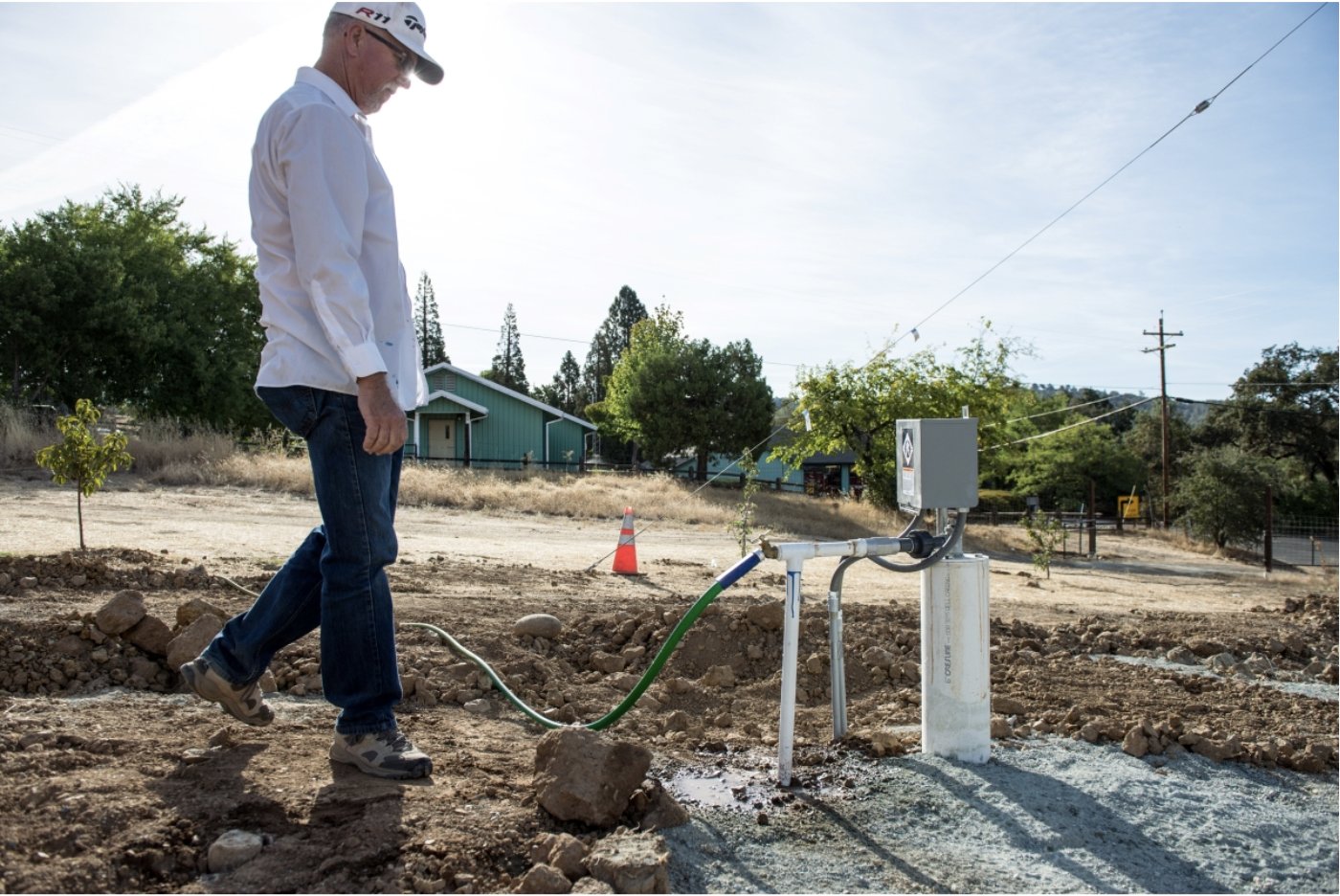
Providers can scale back water delivery by either putting limitations on consumers, incentivizing savings by increasing rates, or pushing low-flow appliances.
The guideline, in conjunction with endeavors currently in progress to save water in the state, is supposed to create around 500,000 acre-feet of water savings every year by 2040.
Public Statement
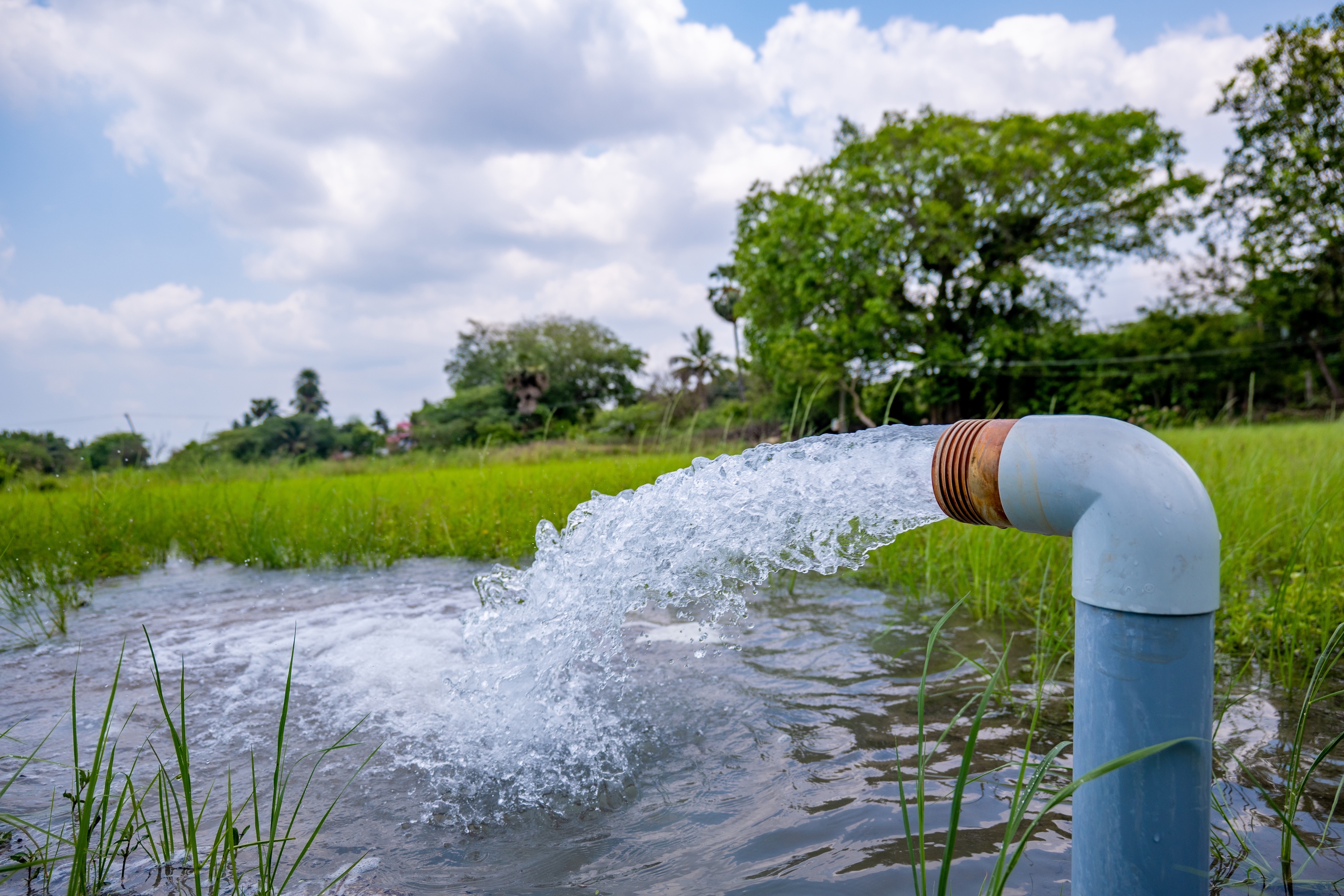
“Enough to supply more than 1.4 million households for a year, the SWRCB” wrote in a public statement.
The regulation will now be officially adopted by the state Office of Administrative Law.
Board Chair’s Statement

SWRCB board chair, Joaquin Esquivel, stated in a press release: “Today is an exciting and historic moment for California because we have now formalized water conservation as a way of life.”
He went on to say: “We’ve done this by building on lessons learned from drought and extensive input from water systems, customers and the public. The result balances saving water with making sure that suppliers have the flexibility they need to tailor their conservation strategies to local needs and climate.”
Differing by Area
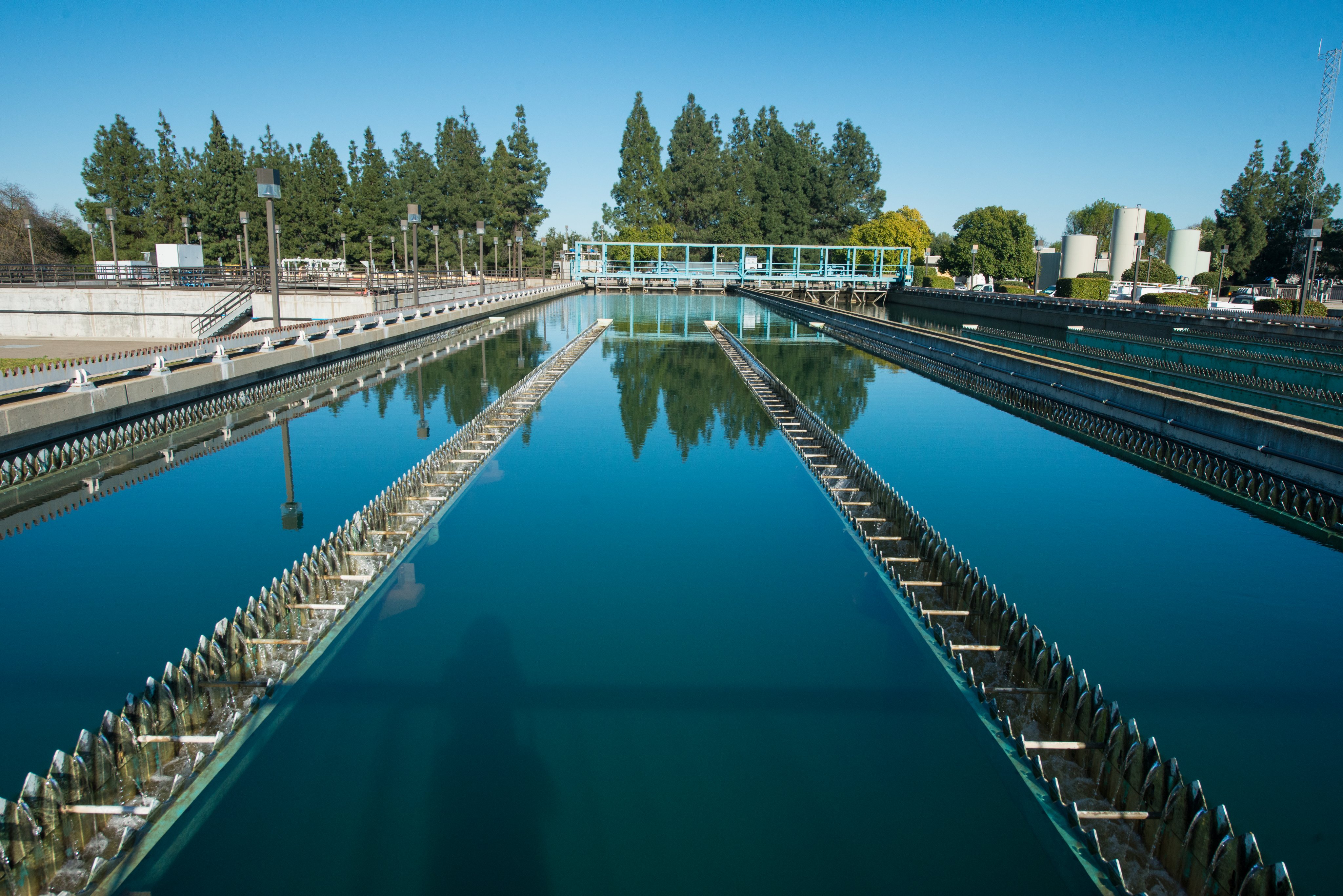
The reductions won’t be the same for every city and town in California.
The Bay Area, which has generally required less water than others, will confront a restricted decrease.
Largest Cuts
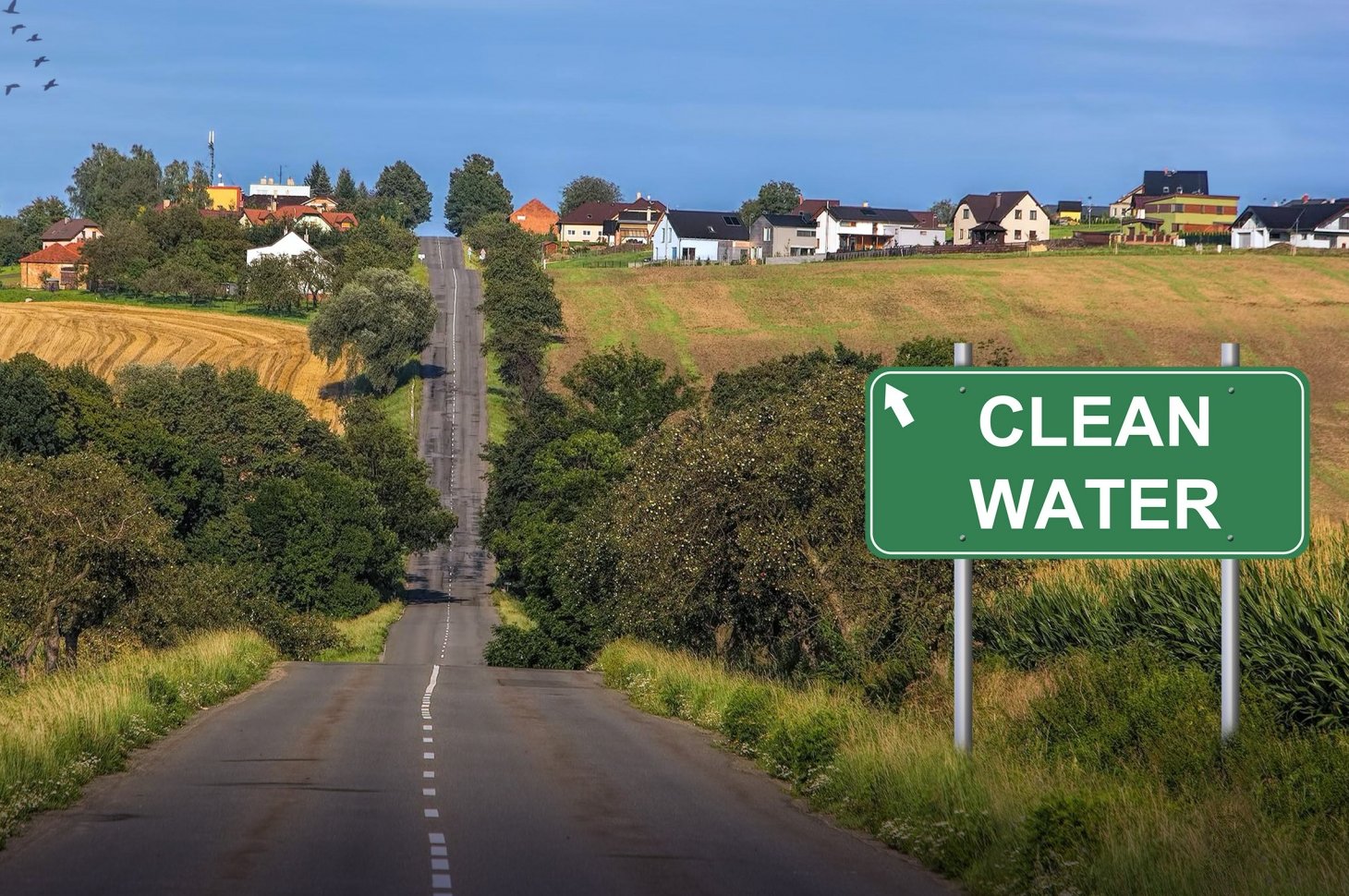
Salinas’ California Water Service Company will only need to cut supplies by just 1 percent by 2040, as stated by Desert Sun.
Desert Water Agency, a Palm Springs-based supplier, will, on the other hand, see a 32% reduction by the same year.
The most elevated cut is anticipated for the City of Redding, at 21 percent by 2025 and 39 percent by 2040.
